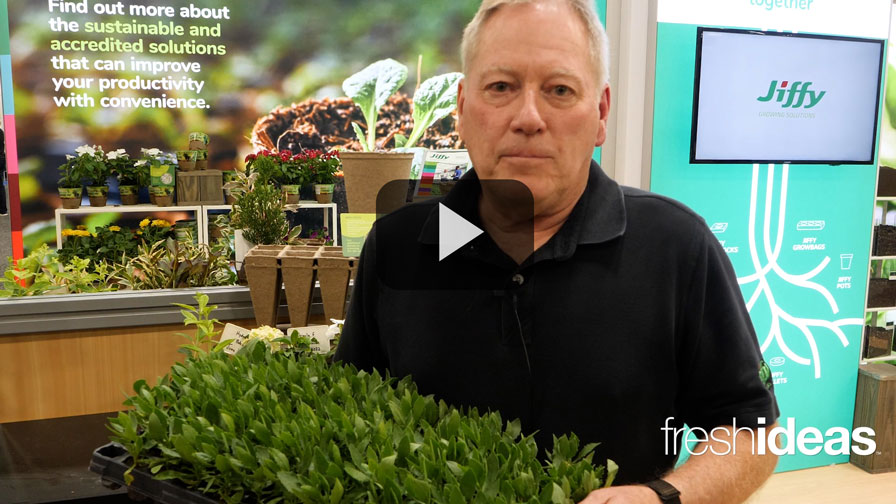New Developments In Shipping/Logistics Software
Driver shortages and unusual weather aren’t the only things that cause shipping headaches. Scheduling conflicts, delivery constraints, time, distance and cost factor into the equation, as well. And more often than not, a spreadsheet or paper isn’t enough to manage distribution schedules effectively — enter shipping and logistics software.
“In a business where throughput can vary widely according to time of year, weather conditions and retailers waiting until the last minute to place orders, a well-designed system will plan loads efficiently and remove the guesswork that is often a feature of manual distribution planning,” says Mary Short, founder and director of Truckstops.
Truckstops is a vehicle routing and scheduling system that has been updated and relaunched by MapMechanics to help growers automate their day-by-day distribution planning, whether they are using their own or contractor’s vehicles. The system generates truck schedules that take into account issues like fluctuations in demand, multi-day journeys and collections of carts and racks on return journeys. It can integrate with many ERP (enterprise resource planning) and order management systems, including the Plant Partner software suite from Starcom.
When shopping around for shipping and logistics software, Short says growers need to find something that is highly configurable to reflect their resource base and operating patterns (e.g., taking into account vehicle sizes and configurations and drivers’ expertise). Easy set-up and use is a must, and seamless integration with other related software (new or existing), including order and delivery management systems and navigation tools. The software system should have a familiar interface and be backed up by a proactive team of support staff. Most importantly, it needs to be priced right to deliver a prompt, measurable return on investment.
Alison Cory of Picas Software suggests growers consider the following questions to help guide them when choosing a software option.
• Can the software support bulk pulling (pulling multiple orders) and then sort down the orders?
• Does it provide order verification to ensure the correct trays were pulled?
• Does it provide on-demand printing of shipping paperwork and labels when the order is packed so this doesn’t have to be printed ahead of time?
• Can the software provide metrics on units/hour, cost/per unit and pace of work?
• Can the software integrate with third-party routing tools and notifications to brokers?
One new technology Picas has added to its software is integration with an automated shipping line, Cory says. Trays are loaded onto a conveyor, and a fixed scanner scans the tray and lot tag. A print and apply machine generates the sorting label to help direct the tray to its order destination and proper zone. Workers can then deliver the tray to a staged rack with other trays for that order. This automation allows for multiple orders to be pulled at once from the greenhouse and then be collated down in order. Scanning provides verification to prevent shipping errors.
A similar technology has been developed for tag pulling and sorting to utilize the automated shipping line. Tags can be pulled in bulk and routed to their destination order. They are organized so they ship on the same box or rack with the crops.
Also see, New Trucking Regulations Multiply Shipping Headaches









